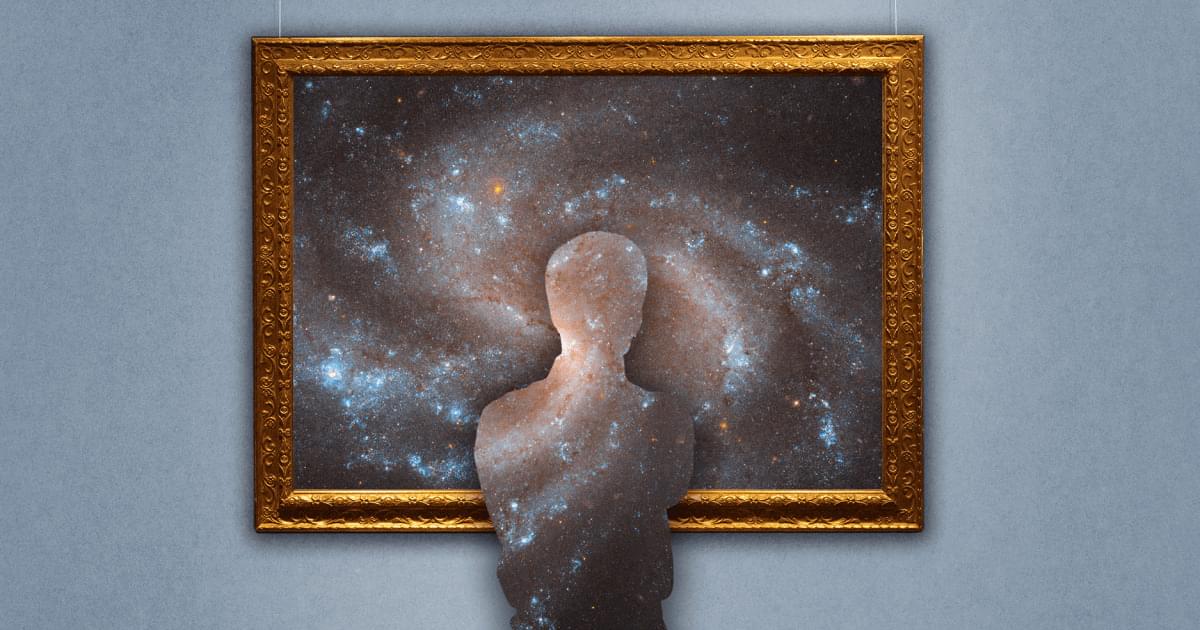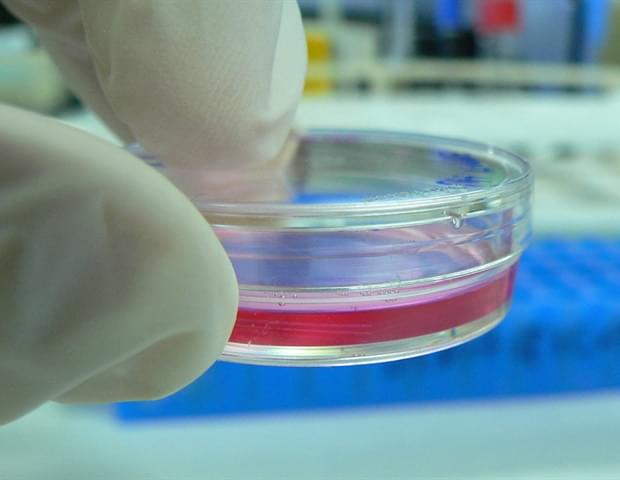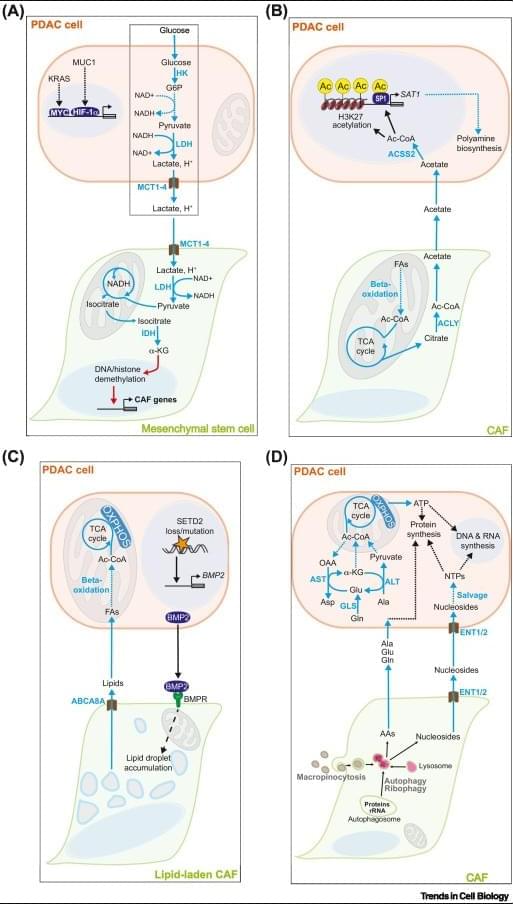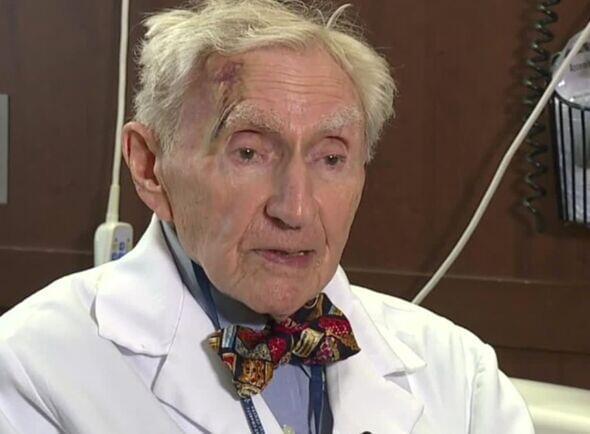That, he says, is when the Universe begins to speak. “We’ve come out of that process and, through ever-deepening complexity, arrived at the ability to understand how it all took place. The Universe, in the form of humans, is now understanding its infancy, its adolescence, and its later stages. We are the place where the whole sequence has become aware of itself.”
“We really need to make use of this empirical knowledge and understand how it can help us in our own lives. How do we grow from it?” asks philosopher of science Nancy Ellen Abrams, speaking with her co-author Joel Primack. “It’s just like with medicine — we don’t make the discoveries, but we get the benefit when we’re sick.” A few thousand people, she notes, have learned to think about the Universe as a whole, based on evidence, not myth. “What people can do with this is reevaluate what we are as human beings.”
That begins, they suggest, with embracing the scale of billions of years — not just as backdrop, but as the substance of our very identity. “We are not a package of organs inside skin,” Abrams says. “We are an embodiment of the history of the Universe, literally history embodied in an incredibly emergent phenomenon here.” Seen this way, our lives gain meaning from deep time.








